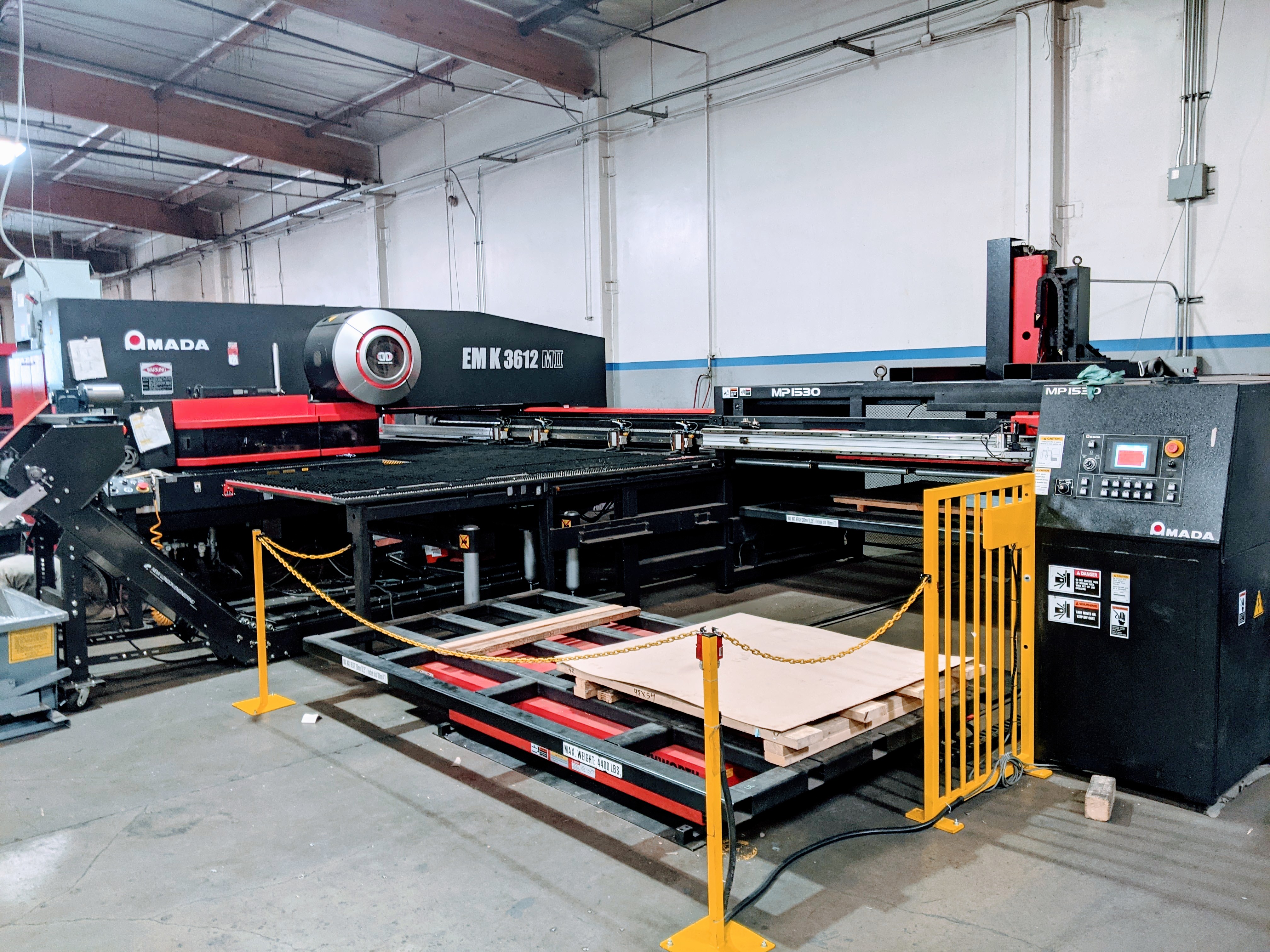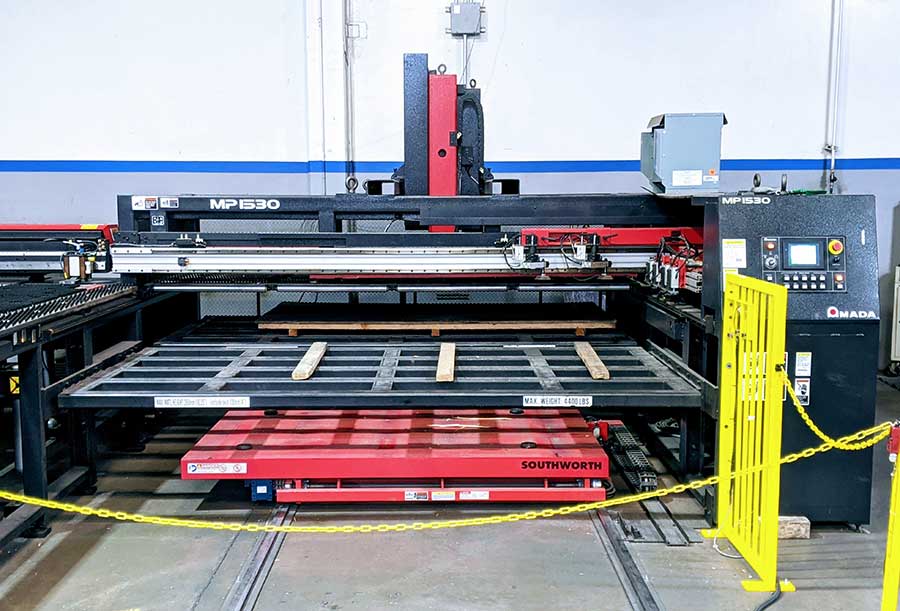TURRET PUNCHING

Turret Punching
Continental Industries excels in custom sheet metal fabrication using our advanced CNC turret punch presses.
Our Amada EMK 3610 NT is equipped with a Fanuc AMNC/PC Control (vFactory-ready), a 58-station turret with four auto-index stations, and a fully automated load/unload system for seamless “lights out” operation.
Additionally, our Vipros 358 hydraulic turret punch offers a 50-ton capacity, making it ideal for punching holes and forming features in heavier materials.
With a tool inventory exceeding 1,200, we can produce everything from simple hole patterns to intricate geometries, incorporating features such as dimples, louvers, logos, and knock-outs to meet the most demanding specifications.
- High Speed
- High Tonnage
- Robotic Load/Unload System
- “Lights Out” Operation


1025 N. Armando Street
Anaheim, CA 92806
714-632-9190
